- Home | Industry Update | Bangladesh Moves Toward Smart Printing Future With Machine L...
Bangladesh Moves toward Smart Printing Future with Machine Learning Boost in Textile Sector

As the global textile landscape shifts toward smart manufacturing, Bangladesh is steadily stepping into the era of Industry 4.0 by integrating machine learning into screen printing processes. This gradual transformation holds the promise of reshaping one of the world’s largest textile economies, making production smarter, faster, and more sustainable.
Screen printing, vital for fabric decoration and brand identity, has long been central to Bangladesh’s garment sector, which ranks second in global exports. Yet, traditional methods continue to rely heavily on manual labor, often leading to ink wastage, slow cycle times, and quality inconsistencies. Meanwhile, industry frontrunners in China, Vietnam, and Germany are reaping the benefits of AI-led innovations such as predictive maintenance, automated color correction, and real-time defect detection.
In Bangladesh, a handful of forward-thinking factories have begun experimenting with ML-based systems to reduce manual errors and streamline print quality. These systems enable on-the-spot fault correction, cutting error rates by nearly 40 percent. Optimized ink usage and AI-controlled batch runs are also helping reduce waste and increase shift productivity.
Importantly, this digital shift aligns with global sustainability mandates. Smart ink management systems lower chemical usage, supporting compliance with eco-certifications like OEKO-TEX® and GOTS. The result is a more responsible supply chain that attracts premium international buyers.
Though still in its early stages, Bangladesh’s embrace of machine learning in screen printing marks a bold move toward future-ready textile production. With a focused strategy and industry-wide support, this digital upgrade could position the nation as a key leader in next-generation apparel manufacturing.
05:52 PM, May 27
Other Related Topics
.webp)
Rising Tide of Rivalry Reshapes Bangladesh Path in EU Apparel Market
11:51 AM, Nov 17
Industry Update

Carrington Textiles Introduces Defence Stock Range for Faster Access to Military Fabrics...view more

India’s Energy Giant to Reshape Textile Landscape with Advanced Polyester Hub in Bhadrak...view more




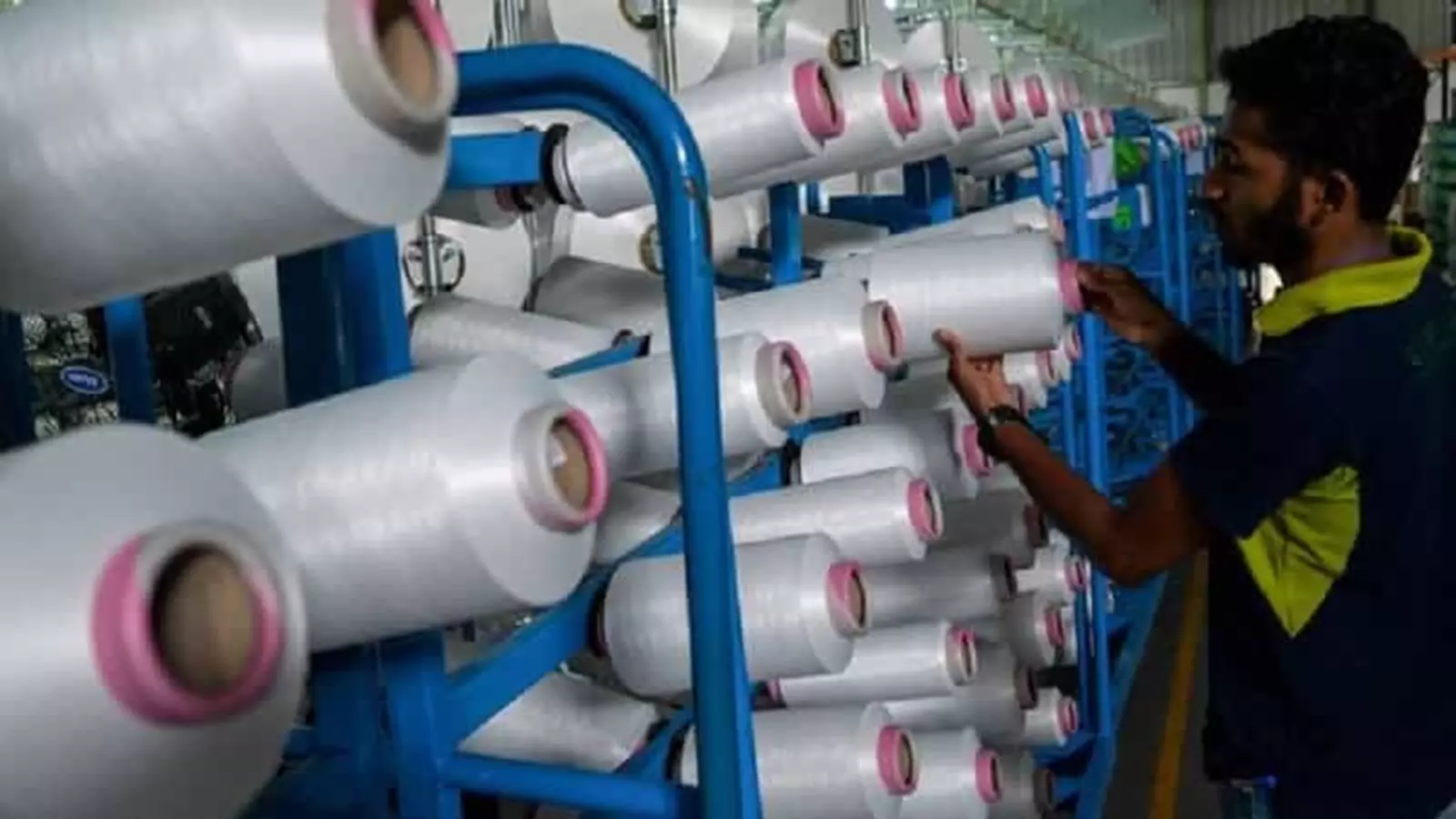
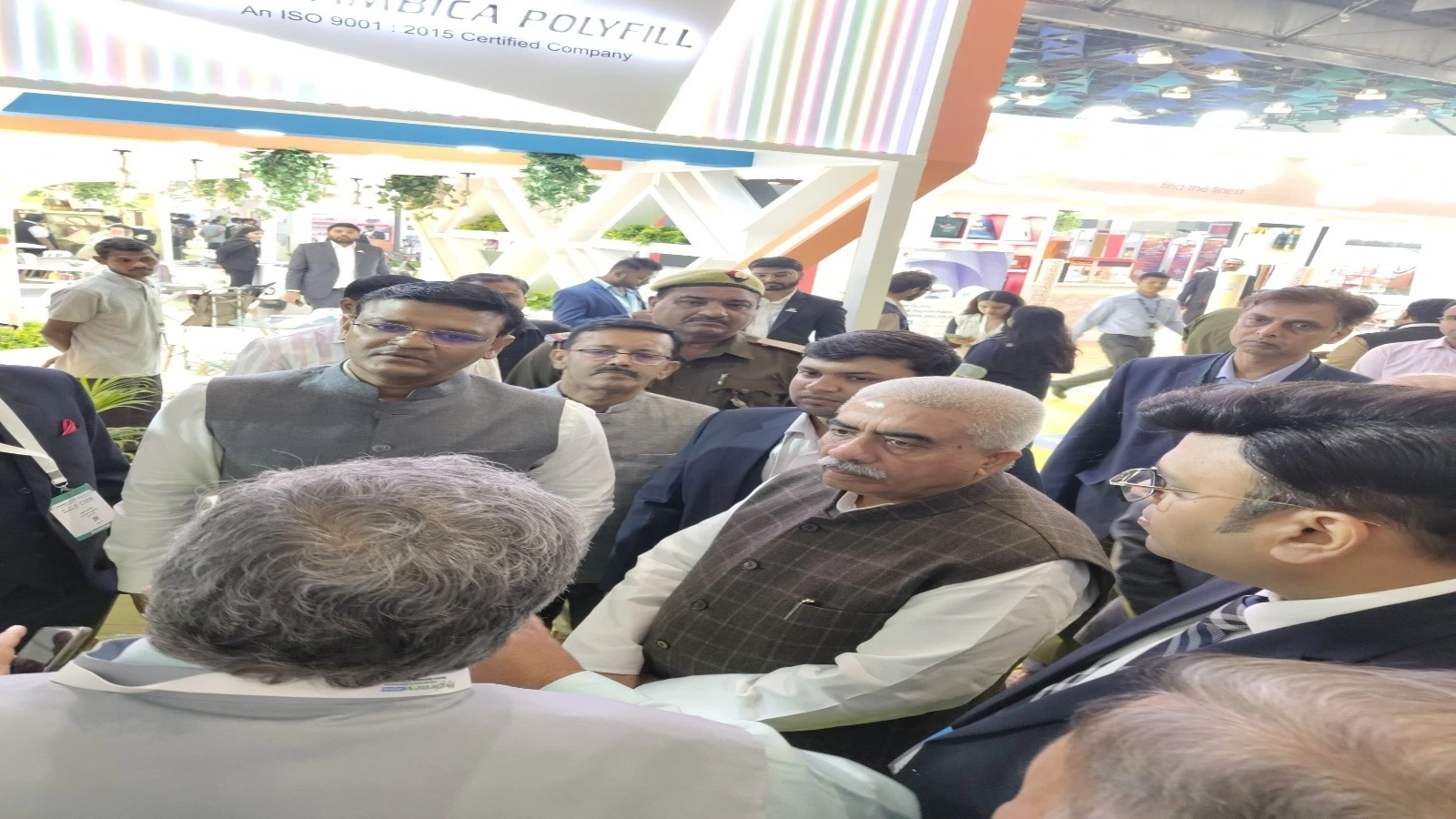
1.webp)


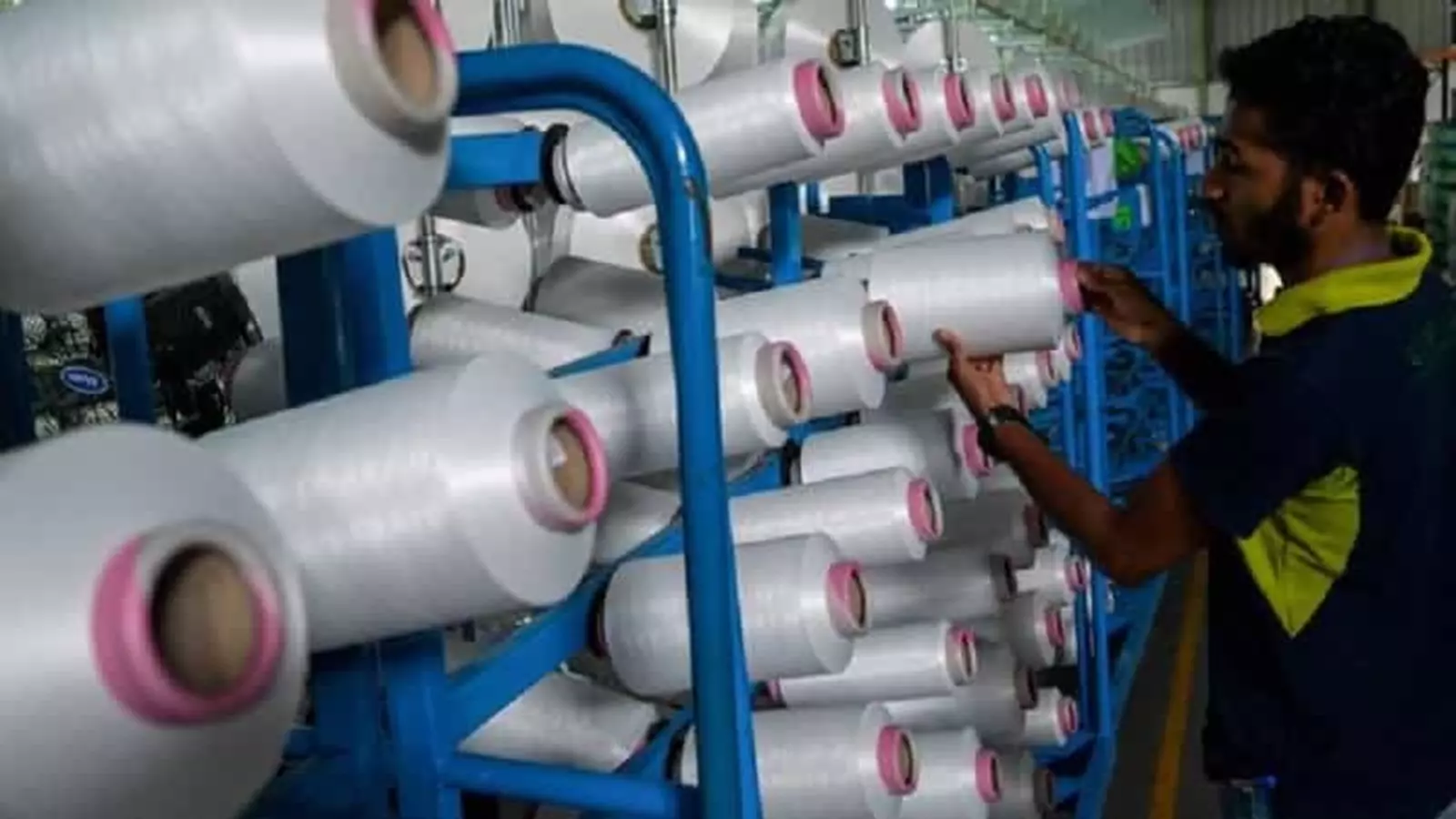

1.webp)








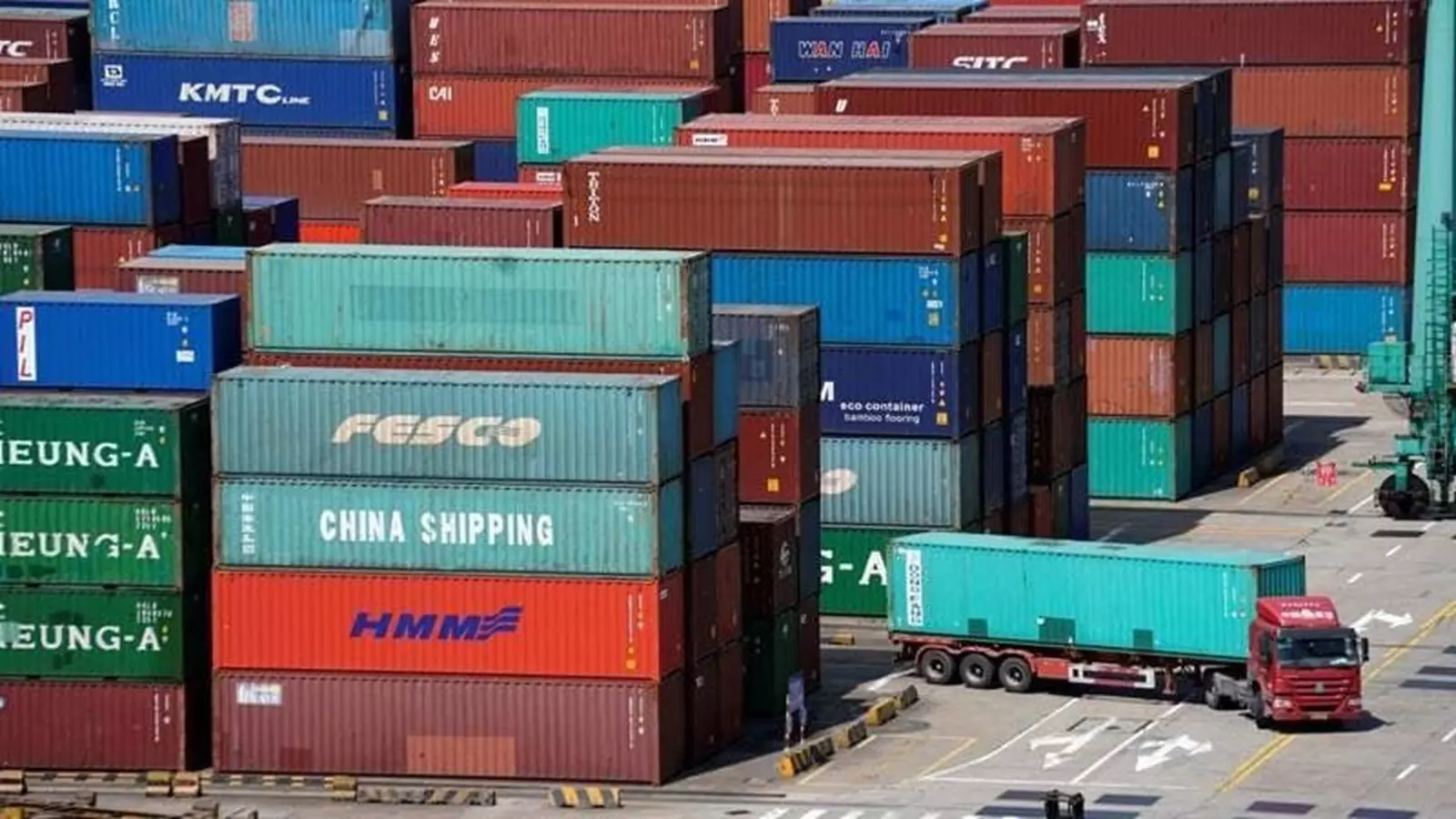

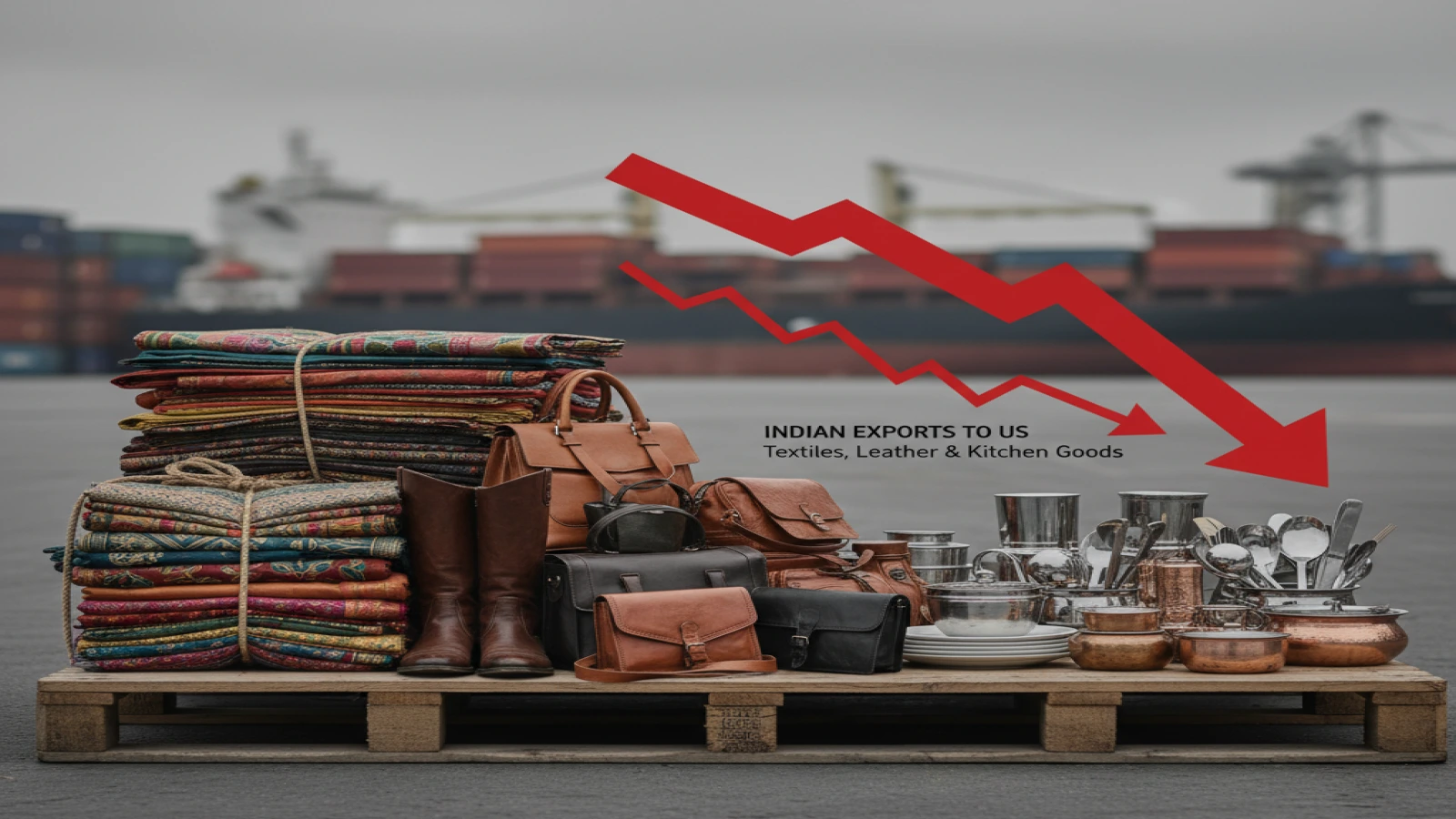
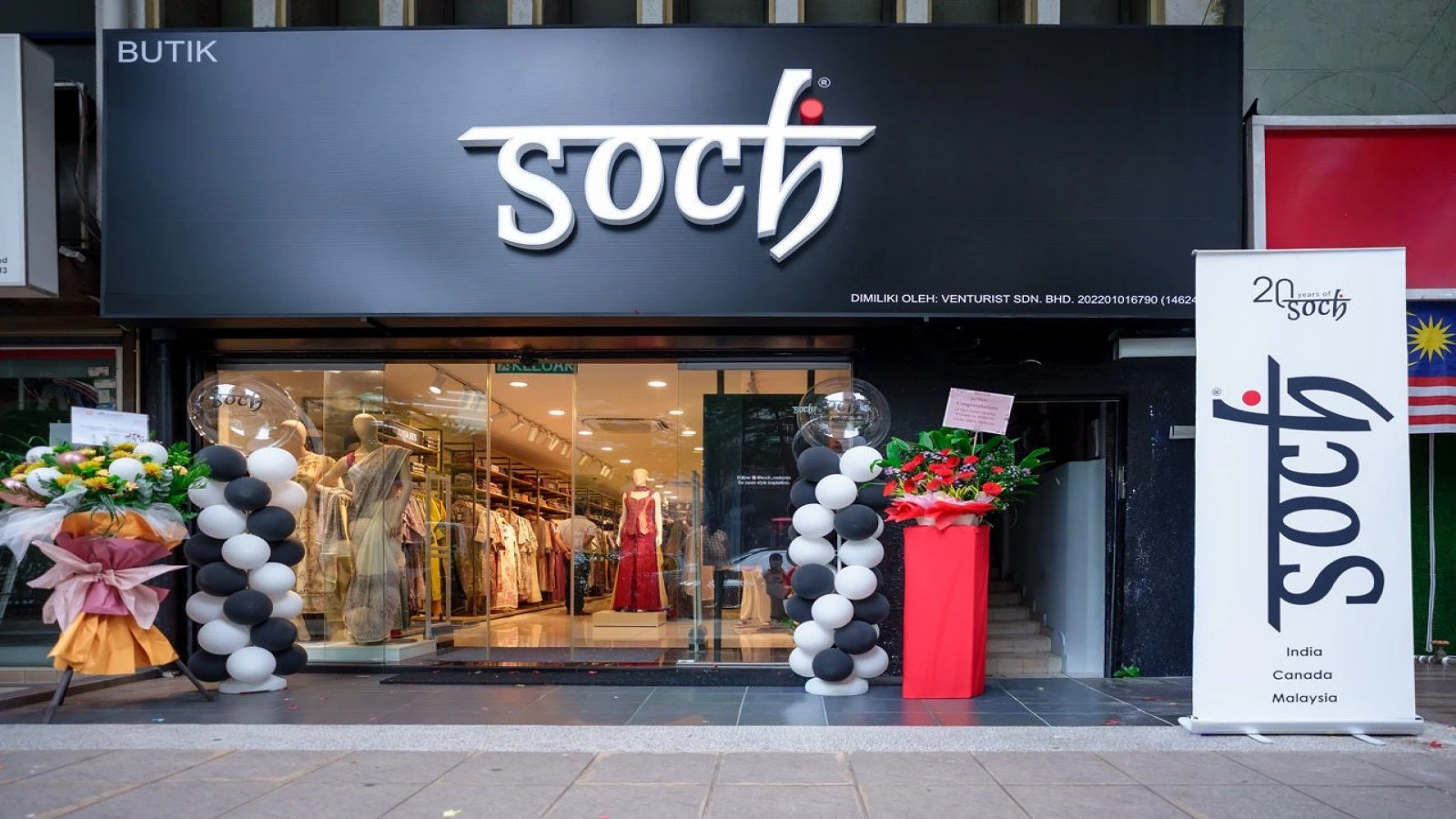
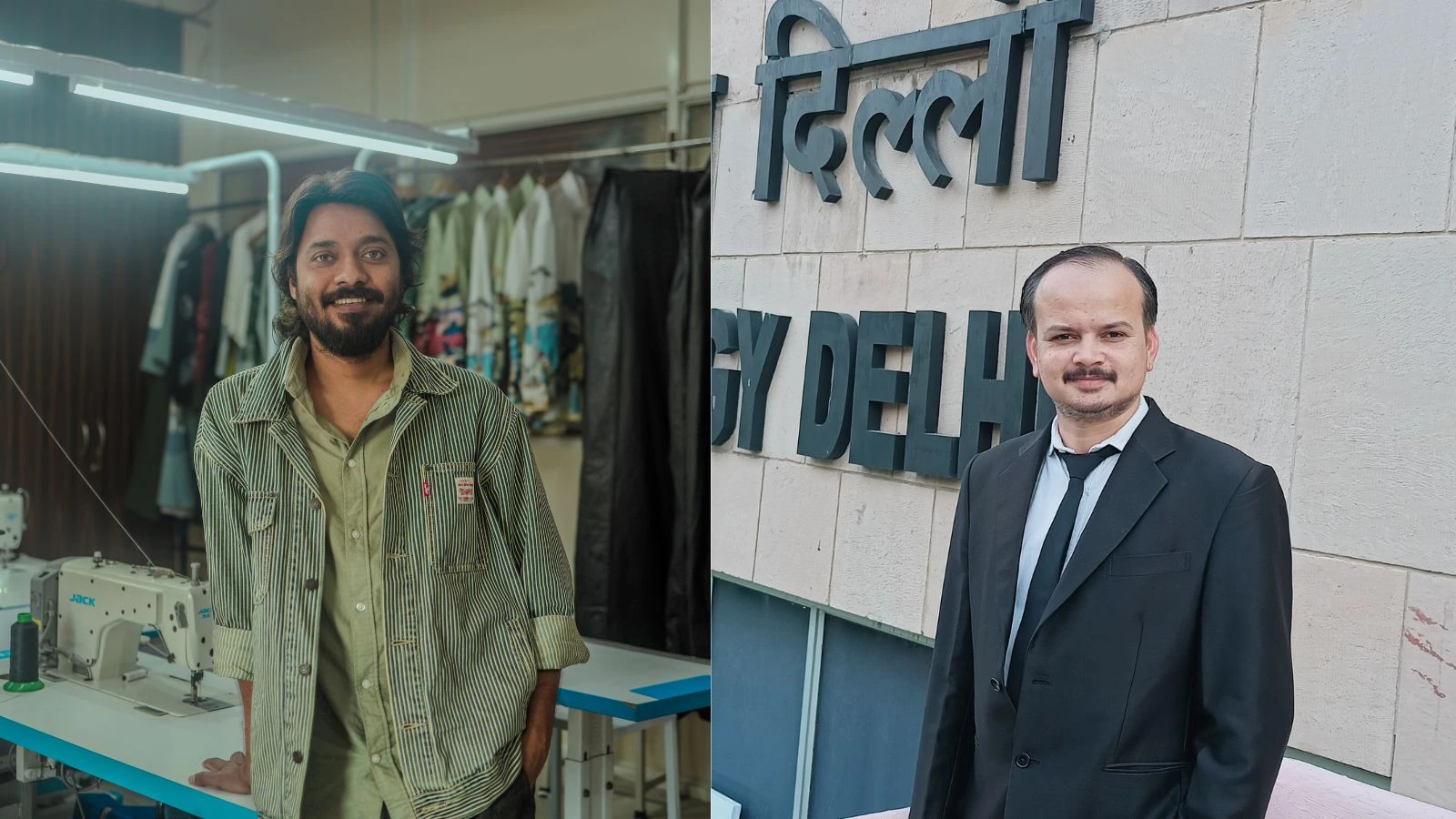

1.webp)
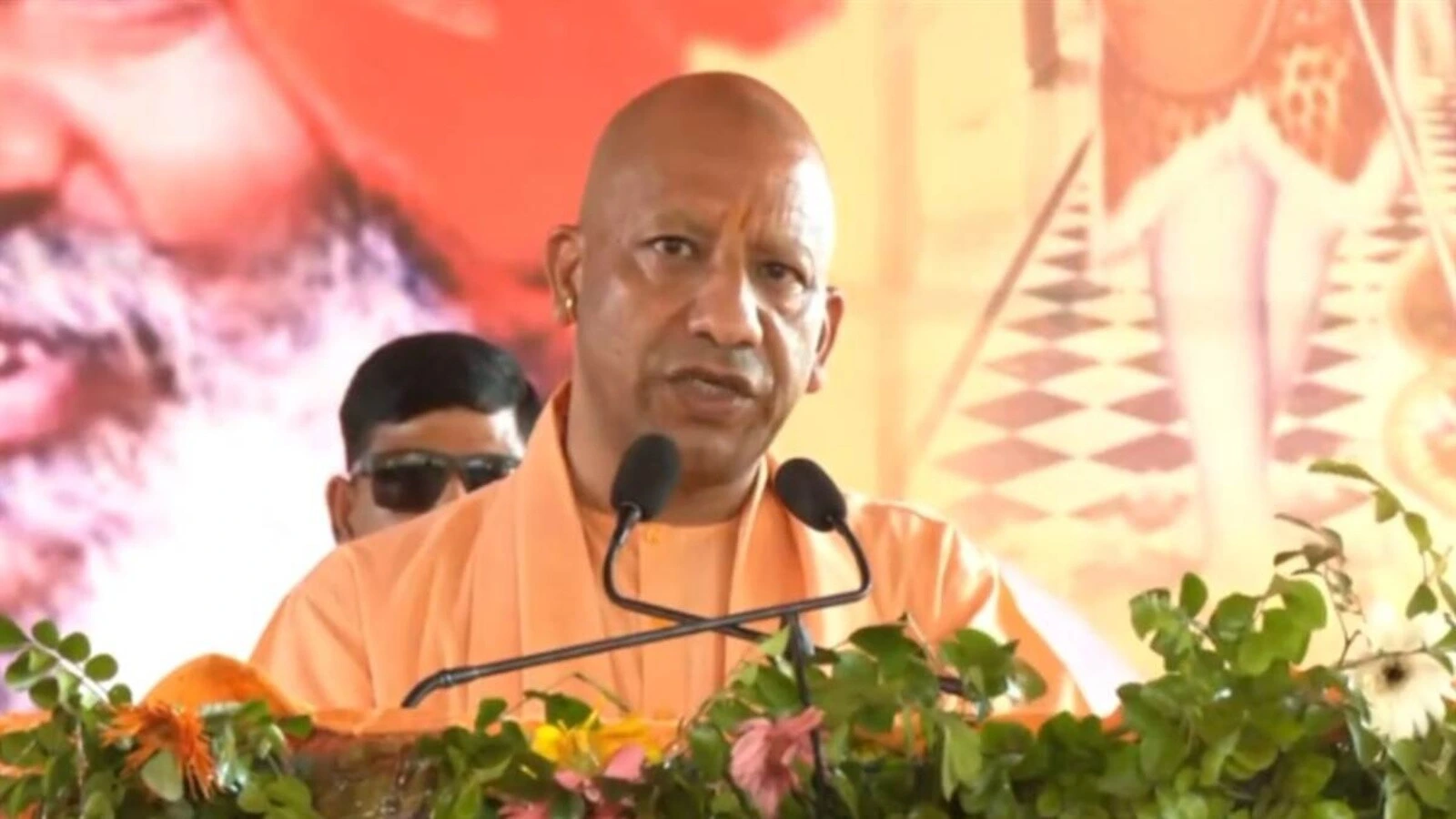










1.webp)
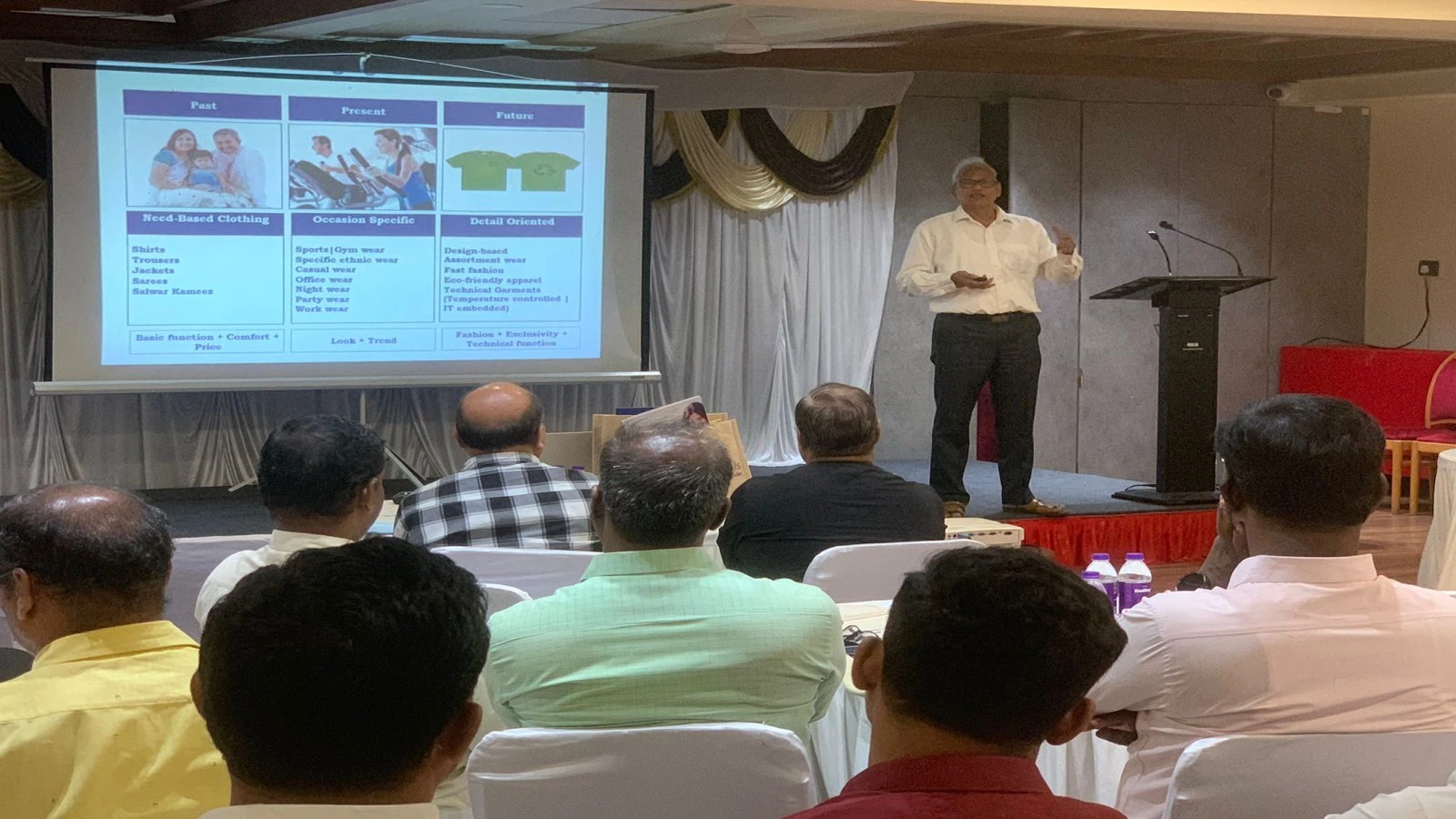

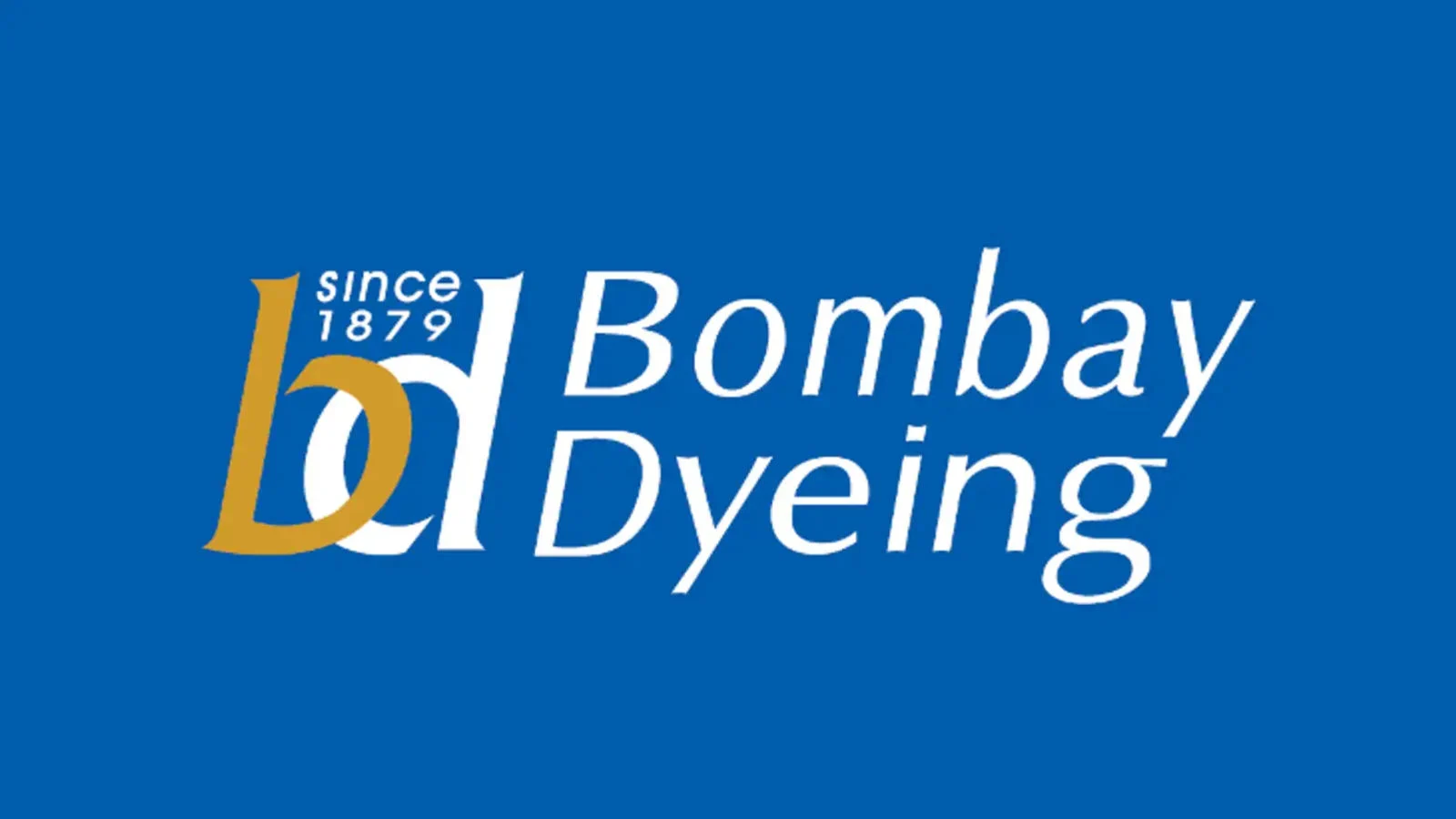

1.webp)

























1.webp)




















1.webp)




1.webp)
1.webp)













1.jpg)










































_large1.jpeg)














































.png)





.jpg)










1.jpeg)